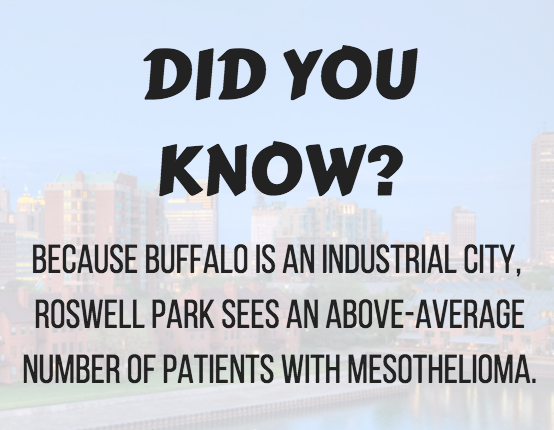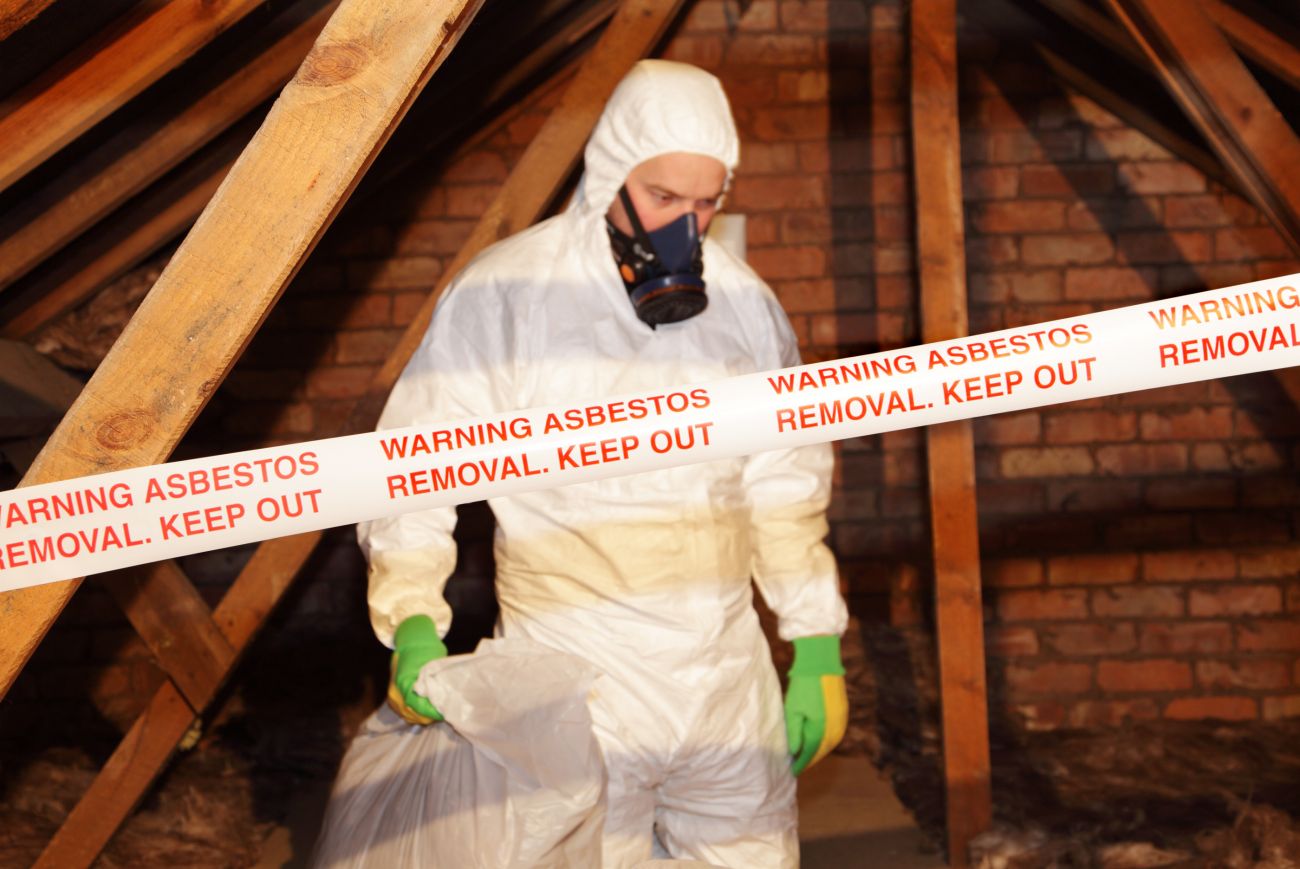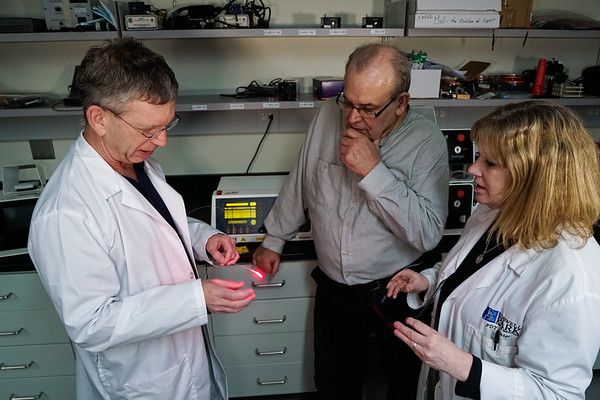What is Mesothelioma?
Mesothelioma is a type of cancer that affects your mesothelium, a thin layer of tissue that covers most internal organs, including your lungs, stomach and heart. However, tumors in the mesothelium can also be benign, meaning non-cancerous. Benign tumors of the mesothelium typically can be removed with surgery and do not require additional treatment.
Is Mesothelioma Considered Lung Cancer?
Mesothelioma is a cancer of the lining of the lung as opposed to the actual tissue of the lung. It actually behaves very differently than lung cancer does so it’s important to note the differences.
Never miss another Cancer Talk blog!
Sign up to receive our monthly Cancer Talk e-newsletter.
Sign up!Who is at Risk for Mesothelioma?
The top risk factor for developing mesothelioma is exposure to asbestos, a mineral that’s been widely used for construction purposes since World War II. While asbestos is no longer used in building materials, certain professions may encounter it, including:
- Firefighters
- Construction workers
- Factory workers
- Mechanics
- Miners
How Dangerous is Asbestos?
Asbestos is not dangerous when it’s bonded into finished materials and remains undisturbed. However, it becomes dangerous when the fibers are broken up into a fine dust that becomes airborne. These particles can be inhaled into your lungs and put you at risk for serious health problems, including mesothelioma.

What are the Symptoms of Mesothelioma?
The signs and symptoms of mesothelioma can take nearly 50 years to appear. Unfortunately, this leads to the cancer being diagnosed at a later stage when it’s more difficult to treat. The symptoms vary depending on the specific type of mesothelioma, but can include:
- Shortness of breath
- Dry coughing or wheezing
- Pain under the rib cage
- Swelling or pain in the abdomen
- Unexplained weight loss
- Nausea and vomiting
How Can You Protect Yourself?
Many people may not know that asbestos is in their home. It’s important to work with a contractor to determine if any asbestos was used in the construction of your house. If it was, you should avoid hammering or drilling into the walls without taking extra precautions. Additionally, while smoking does not directly cause mesothelioma, it does increase your risk of developing the disease (along with many other cancers).
Workers concerned about asbestos exposure should talk to their employer and read the strict regulations put in place by the Occupational Safety and Health Administration (OSHA).
While many innovative treatment options are available for mesothelioma, it’s still important to be proactive about your health by learning your risk level, keeping an eye out for any symptoms and talking to your doctor about early mesothelioma screening options.

